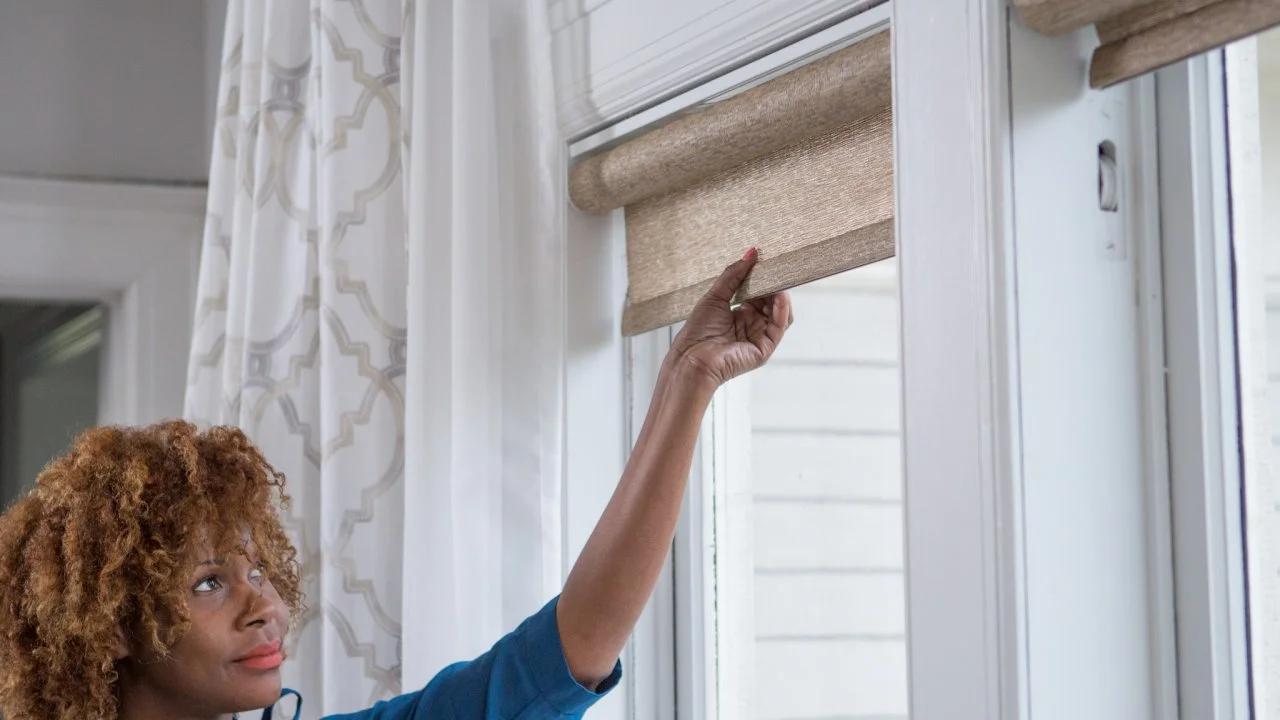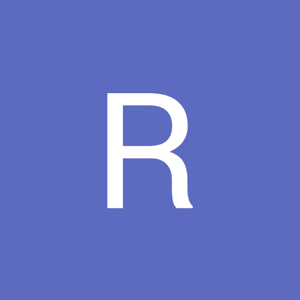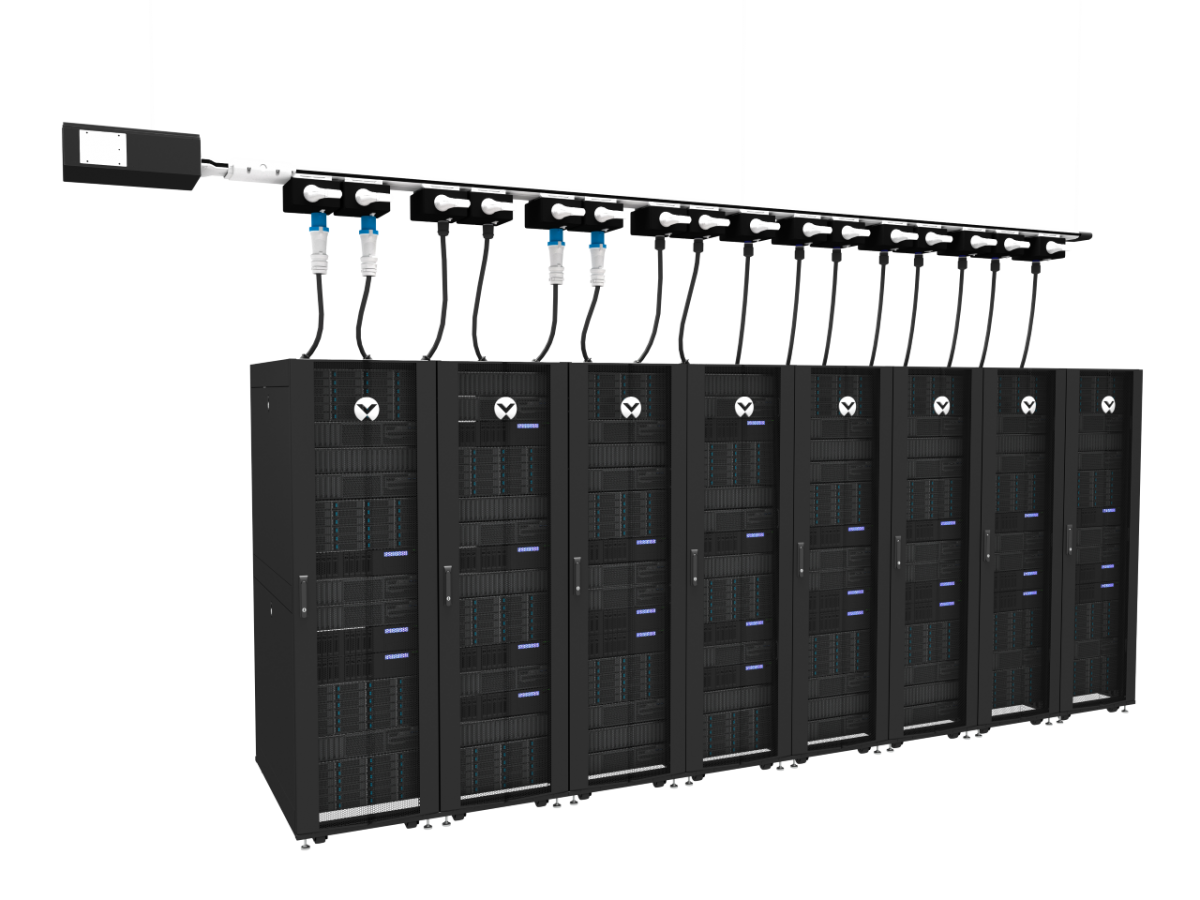
The global Window Covering Market size is predicted to reach USD 41.02 billion by 2030 with a CAGR of 6.6% from 2025-2030. The window covering market in 2025 is undergoing a transformative phase, driven by sustainability, technological advancements, and evolving consumer preferences. With a global market size projected to grow steadily, the industry is adapting to meet demands for energy efficiency, smart home integration, and eco-friendly materials. This article explores the latest trends, growth projections, and competitive dynamics shaping the window covering market, drawing from recent industry developments and insights.
Key Trends Driving the Market
1. Sustainability and Eco-Friendly Materials
Sustainability is a dominant force in the window covering market in 2025. Consumers are increasingly prioritizing eco-friendly materials such as bamboo, organic cotton, and recycled polyester for blinds, shades, and curtains. In April 2025, Hunter Douglas announced a new line of sustainable window treatments made from 100% recycled materials, aligning with global environmental goals. Similarly, companies like Levolor are introducing low-VOC (volatile organic compound) finishes to reduce environmental impact, responding to consumer demand for greener products.
The push for sustainability is also evident in the adoption of energy-efficient window coverings. Cellular shades and insulated curtains are gaining popularity for their ability to reduce heat loss and improve energy efficiency in homes. According to a 2025 report, energy-efficient window coverings can reduce energy costs by up to 20%, making them a key focus for manufacturers.
2. Smart Window Coverings and Home Automation
The integration of smart technology is revolutionizing the window covering market. In 2025, smart blinds and shades equipped with IoT (Internet of Things) capabilities are seeing widespread adoption. Companies like Somfy and Lutron have introduced motorized window coverings that can be controlled via smartphone apps or voice assistants like Alexa and Google Home. In June 2025, Somfy launched a new range of solar-powered smart blinds, combining energy efficiency with automation, which has been well-received in the U.S. and European markets.
Smart window coverings offer features such as automated schedules, remote control, and integration with home energy management systems, appealing to tech-savvy consumers. The smart home market’s growth, projected to reach USD 200 billion globally by 2027, is driving demand for these innovative solutions.
3. Customization and Aesthetic Appeal
Consumer demand for personalized home decor is boosting the market for custom window coverings. In 2025, companies are offering tailored solutions, allowing customers to choose from a wide range of fabrics, colors, and designs. Graber’s “Design Studio” platform, launched in March 2025, enables consumers to create bespoke window treatments online, enhancing accessibility and convenience. This trend is particularly strong in the residential sector, where homeowners seek unique designs to complement their interior aesthetics.
4. E-Commerce and Digital Transformation
The rise of e-commerce is reshaping how consumers purchase window coverings. Online platforms like Wayfair and reported a 15% increase in sales of window treatments in Q1 2025, driven by user-friendly interfaces and virtual design tools. Augmented reality (AR) tools, which allow customers to visualize window coverings in their homes before purchasing, are gaining traction. This digital shift is enabling smaller players to compete with established brands by offering competitive pricing and faster delivery.
Regional Insights
North America leads the global window covering market, with the U.S. accounting for the largest share due to high consumer spending on home improvement and a strong construction sector. In Europe, the focus on energy efficiency and stringent environmental regulations is boosting demand for sustainable window coverings, particularly in Germany and the UK.
Competitive Landscape
The window covering market is highly competitive, with key players like Hunter Douglas, Springs Window Fashions, Levolor, and Lutron dominating the industry. These companies are investing in R&D to develop innovative products and expand their market presence. For instance, in May 2025, Springs Window Fashions acquired a small eco-friendly window treatment startup to bolster its sustainable product portfolio. Smaller players are also gaining traction by focusing on niche markets, such as custom-designed or budget-friendly window coverings.
Challenges and Opportunities
Despite its growth, the window covering market faces challenges such as fluctuating raw material costs and supply chain disruptions. The 2025 ransomware attack on Ingram Micro, a major distributor, highlighted vulnerabilities in the supply chain, impacting the timely delivery of window covering components. However, these challenges present opportunities for companies to invest in local manufacturing and diversify supply chains. The growing demand for smart and sustainable solutions also offers significant growth potential for innovative brands.
Conclusion
The window covering market in 2025 is thriving, driven by sustainability, smart technology, and consumer demand for customization. With a projected market size of USD 39.1 billion by 2032, the industry is well-positioned for growth, particularly in North America and Asia-Pacific. As companies like Hunter Douglas and Somfy lead with eco-friendly and tech-driven innovations, the market is evolving to meet modern consumer needs. By addressing challenges such as supply chain disruptions and embracing digital transformation, the window covering industry is set to create a more sustainable and connected future for homes and businesses.





















Write a comment ...